10 Beautiful Yet Terrifying Plants You Didn’t Know are Deadly
While some plants are found to be useful for treating several animal and human diseases, some produce adverse health effects when swallowed.
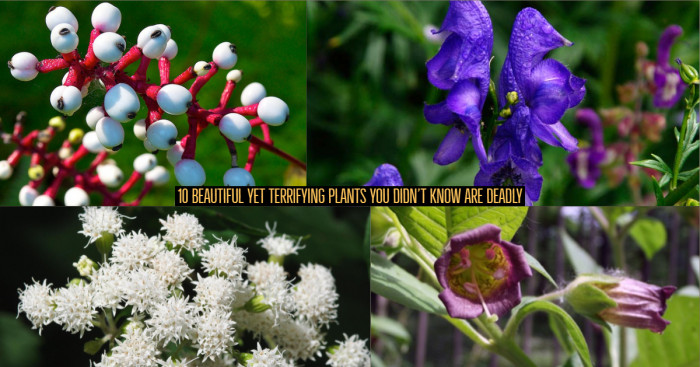
Do you also feel less stressed when there are plants around you? Yes, it is obvious that you don’t need to be a plantsman to understand that both trees and plants improve the indoor environment, refresh us and make our surroundings clean.
While many of us love to decorate our home with plants and flowers, you might not be aware that some of your favorite flowers have toxic properties as well. It is important to note that every plant is safe for home. You know that plants like poison oak should not be touched and white snakeroot should be kept away from cows. But do you know certain toxic plants when eaten may cause death?
Do not panic, as it is believed that these poisonous plants are harmful, only when sucked or swallowed. It is also reported that internal poisoning occurs mainly in children who get attracted to bright colored flowers and fruits. So it is equally important to educate your children on the severe effects of toxic plants and flowers we have.
To help you understand, we have compiled a list of top 10 terrifying plants that you should not touch. Let’s begin.
1. Tread-Softly
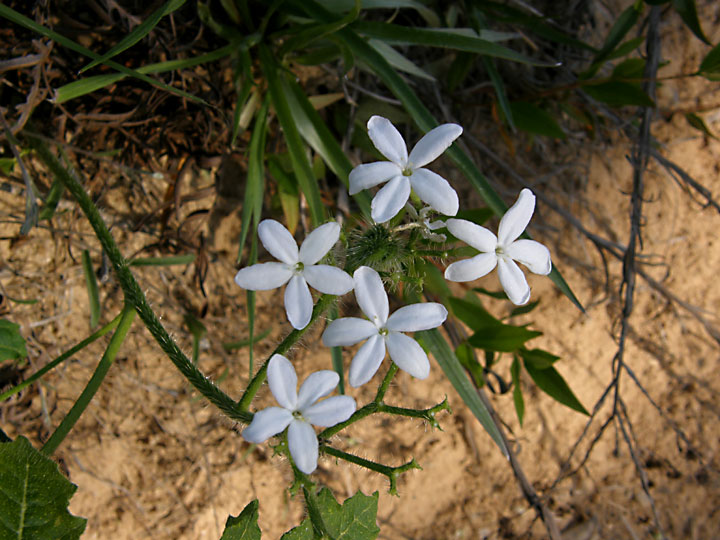
Tread Softly or finger rot, a perennial herb (lives more than two years) covered with stinging hairs, is native to North America. It prefers well-drained soil an is mostly found in an oak forest on sand hills, fields and roadsides. The Tread Softly plant is edible and tastes like potatoes when cooked. The roots should be boiled 3-4 times to remove the toxins.
Flowers occur throughout the summer followed by a small capsule that produces seeds. The plant along with flowers is covered with stinging hairs which look pretty on roadsides. It can grow as tall as three feet and has a soft herbaceous stem.
But can you believe this beautiful Tread Softly releases irritant compounds that may cause skin discoloration? As the common name ‘Cnidoscolus urens’ implies, the irritating hairs on the plant contain a chemical that causes intense itching to those who touch the plant with bare skin. Some people may have skin discoloration for months. So you better be aware of this toxic plant.
2. Doll’s Eyes
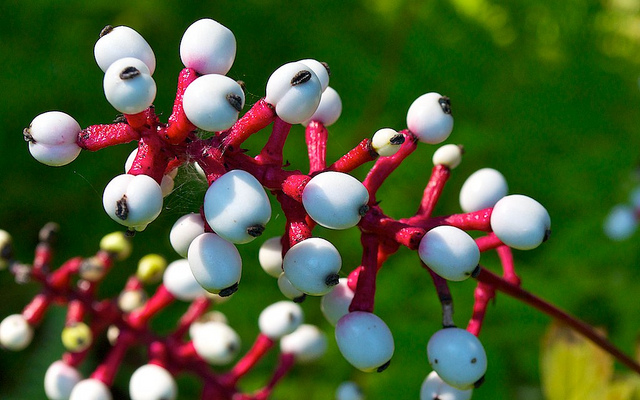
You are probably wrong if you are thinking about the pretty eyes of your favorite doll. This Doll’s eyes are something more than that. Native to eastern and northern North America, the Doll’s eyes have been declared as one of the most poisonous plants to be consumed by humans. It comes from the fruit of plant which is 1cm in diameter with a black scar and resembles an eye.
Both the berries and the plant are poisonous to humans, but the toxins in the fruit have claimed many lives.
The dangerous berries contain a carcinogenic toxin which immediately affects human cardiac muscles and causes death. The signs of poisoning may include severe stomach cramps, hallucinations, burning of throat and diarrhea.
3. White Snakeroot
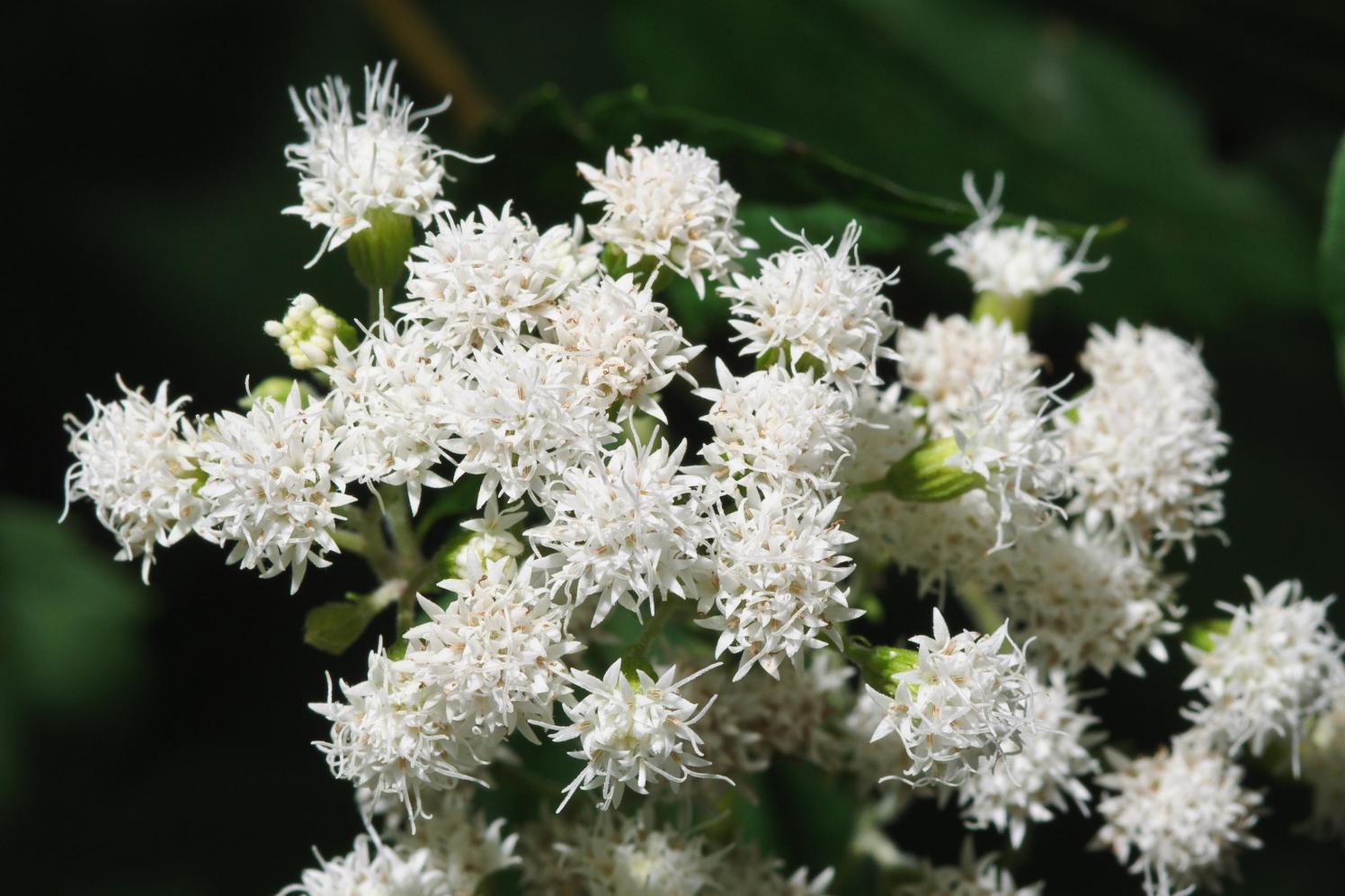
White Snakeroot is one of the most poisonous plants on the list. Native to America, White Snakeroot was behind the death of Abraham Lincoln’s mother (Nancy Hanks). This toxic plant has a high percentage of the toxin tremetol which indirectly kills humans. When the plant is consumed by cattle, this harmful toxin is absorbed into their milk which is then consumed by a human. The toxin enters the human body and causes milk sickness.
Unlike those who died directly by consuming deadly plants, Nancy was poisoned by drinking the milk of the cow who consumed the plant. Thousands of European settlers died from milk sickness in the 19th century.
This dangerous plant can be found in wooded pastures and forests. It grows on moist soil when exposed to sunlight. So next time whenever you plan your visit to the eastern parts of North America, make sure that you don’t count the places where White Snakeroot is found.
4. Gympie Gympie (The Suicide Plant)
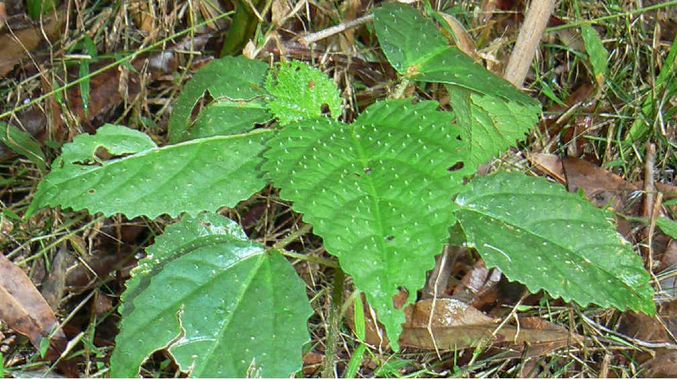
Dendrocnide moroides or mulberry-leaves stinger or gympie gympie is a plant found in the northeast of Australia. It usually grows 1-3 meters in height and has heart-shaped leaves which are 11-18cm wide with finely toothed margins. It is one of the most toxic plants in the world. The stinging leaves of Gympie Gympie trigger an allergic reaction in the victims and sometimes even cause Anaphylaxis. The stinging sensation can last for years.
People have described its pain as being burned by acid. Not only this, but people have also witnessed horses jumping off cliffs (as a suicide) after being stung. In case, if you ingest this suicide plant, apply dilute hydrochloric acid. If this is not available, tweezers may be used.
The flowers are small and once pollinated, it swells to form a fruit. Fruits are bright pink and mulberry-like. Foresters working around the tree wear thick protective clothing to remove the stinging hairs.
5. Deadly Nightshade
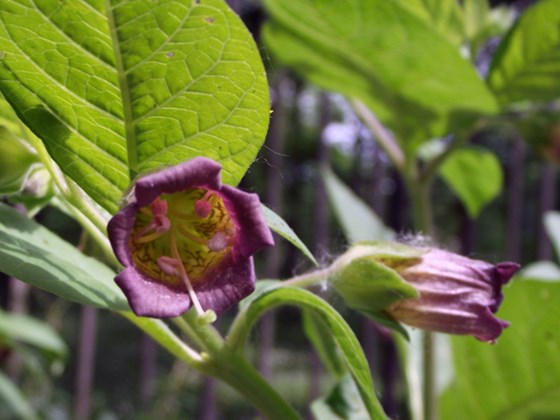
As the name implies, Deadly Nightshade is one of the most dangerous plants in the world. A dose of round three to four berries is enough to kill an adult. While you might have to eat tons of tomatoes/potatoes to poison yourself, a single leaf of Deadly Nightshade is sufficient to do this for you. The signs of poisoning include dry mouth, fast heartbeats, headaches, dilated pupils, blurred vision or sometimes death.
Atropa Belladonna or deadly nightshade has a long history of use as a poison and medicine. Earlier, this deadly poisonous plant was used as an anesthetic for surgery; the Romans used it as a poison to kill their enemies. Initially, the berries are green and turn to shiny black as they ripen. They look tempting to children.
It is rarely grown in gardens, but when grown, it is because of its attractive berries. Don’t let your pets to come near deadly nightshade because they can die after eating it. Make sure when you visit a garden and see Deadly Nightshade, don’t touch it. (3.1)
6. Castor Plants
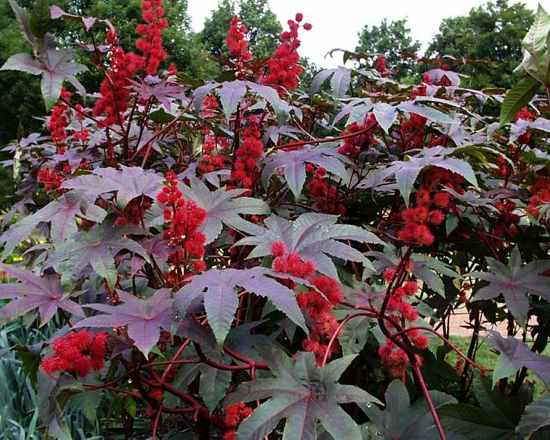
Do you remember the time when you consumed castor oil? Probably your mother has forced you to consume castor oil to heal your wound or to keep your hair healthy. But we bet you would have never guessed that castor oil comes from one of the most dangerous plants in the world.
Castor beans contain ‘ricin’ which kills an adult within minutes. Despite this, dismal property castor plants are grown for decorative purposes in public places. One raw seed is enough to kill an adult. The symptoms will be experienced within 1-2 hours which will include abdominal pain, vomiting or burning sensation in the mouth.This process is unstoppable and ultimately causes death.
7. Wolf’s Bane
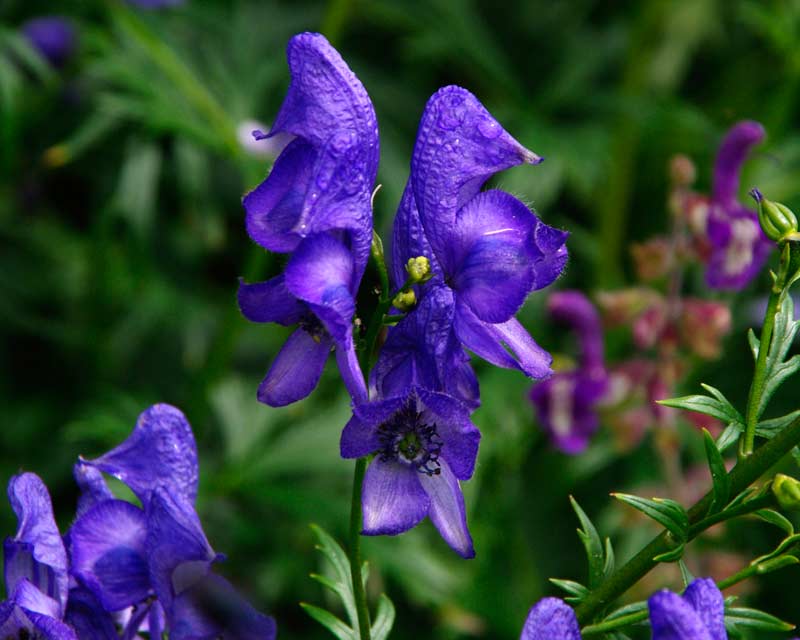
Aconitum or commonly known as wolf’s bane, queen of poisonous is native to the mountainous parts of the Northern Hemisphere. Wolf’s bane is another harmful plant that causes death if ingested. It contains large quantities of alkaloid pseudaconitine (poison) which was used by the Ainu people (indigenous people of Japan) for hunting. They put the poison on the tips of arrowheads to kill predators.
In the case of the ingestion of this harmful plant, symptoms noticed are burning in the abdomen, fast heart rate, abdominal pain, and nausea. In case of a large dose, death may occur within 2-4 hours. This dangerous plant grows in moist garden soils and even in the shade of trees. It attracts with its blue color. So in case you see wolf’s bane in the garden, wear protective disposable gloves before touching it.
8. English Yew/European Yew
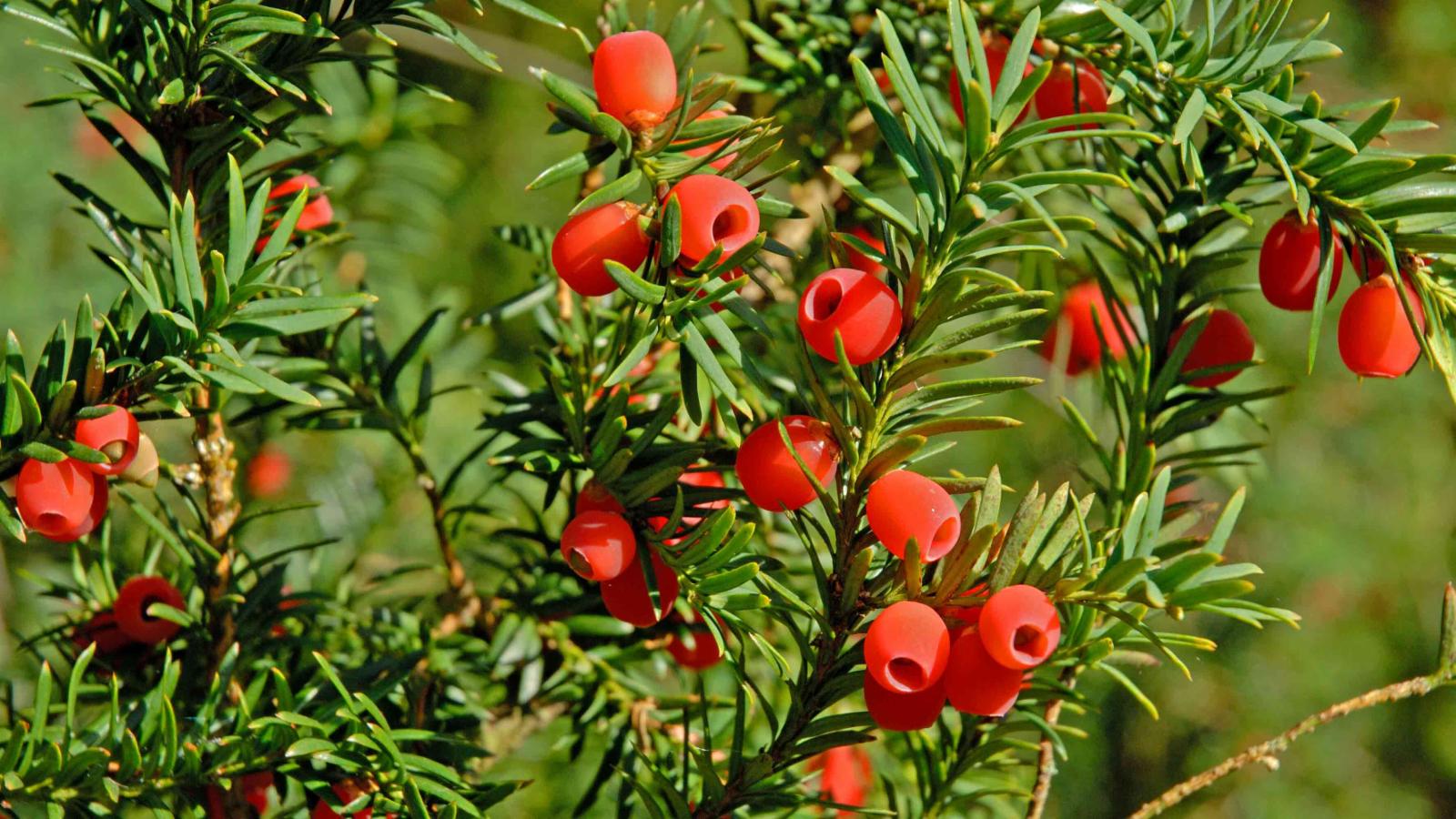
English yew is the most common and the oldest tree found in Europe. It is a medium-sized tree growing 33-66 ft tall with a trunk up to 13 ft in diameter. It has seeds covered in red, berry-like armor. The berry is the only part of English yew that is not toxic, and this allows the birds to eat the fruit. It contains the poison taxine which is quickly absorbed in the body. It is even harmful when dried. Signs of ingestion include convulsion, cardiac arrest, nausea, lung problems, and tremors.
Both male and monoecious yews release cytotoxic pollen which causes aching joints, skin rashes, headaches, and skin rashes. Yew is the hardest of the softwoods, yet it possesses elasticity making it perfect for products that require springiness.
Overall, English Yew is one of the most poisonous plants in the world which causes death. So, if you notice English yew anywhere in the public places or in the churchyards, maintain distance from it.
9. Water Hemlock/Poison Hemlock
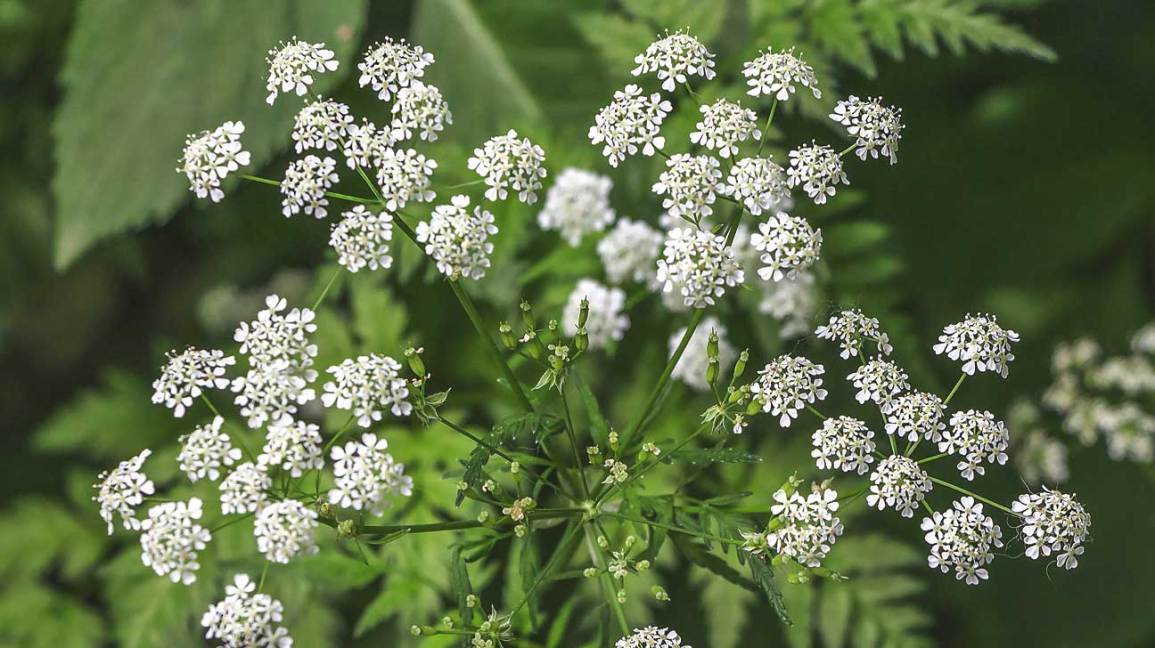
Poison Hemlock can be one of the most poisonous plants you can encounter in the regions of the northern hemisphere. The plant has beautiful white/green flowers that grow in groups (they usually form an umbrella).
Ingesting any part of the flower such as flowers, fruits, or leaves can be harmful to humans. That’s because the plant contains toxic alkaloids which affect nerve impulse transmission to your muscles and kills you through respiratory failure.
It is also said that even touching water hemlock may cause skin infection. You can notice this poisonous plant near fences.
10. Nerium Oleander
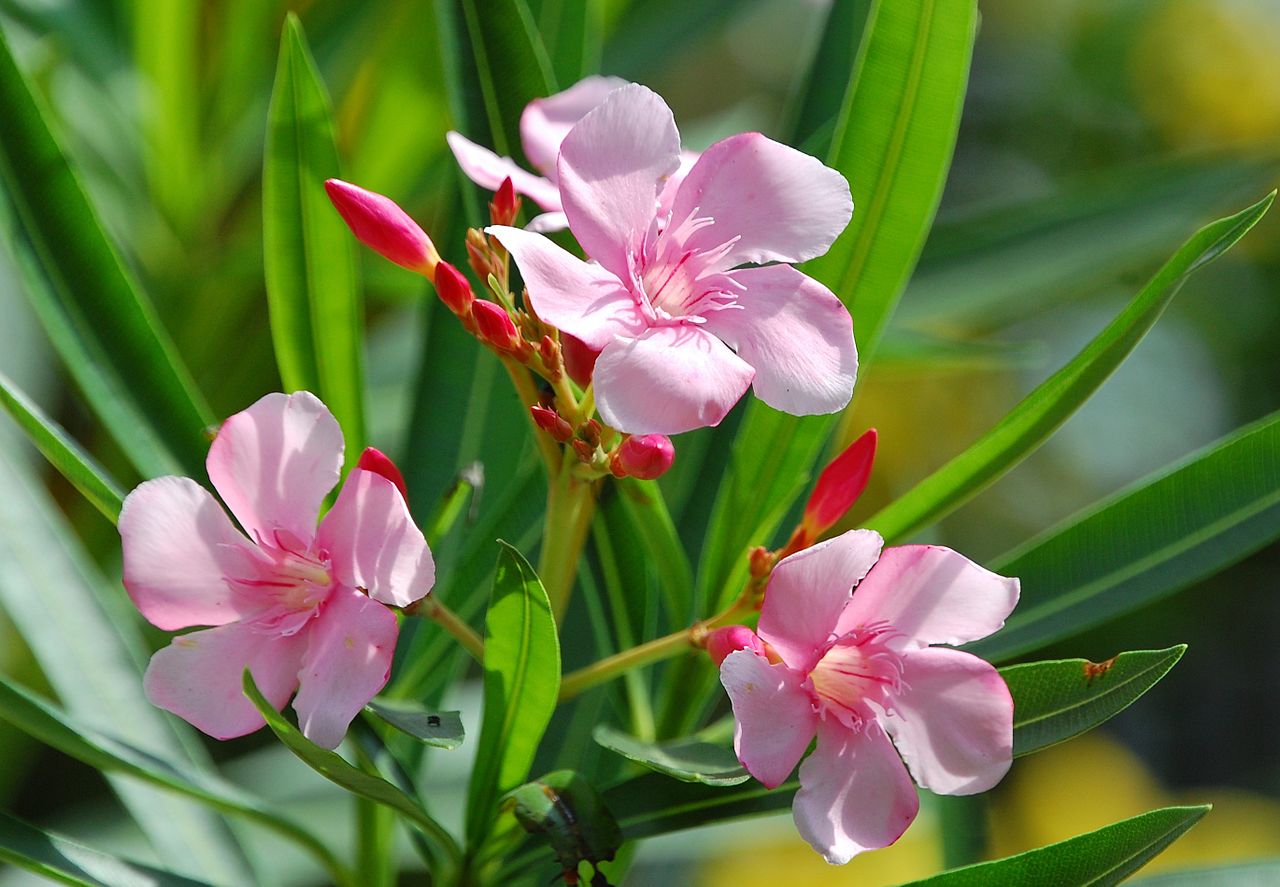
Oleander, a small tree in the dogbane family, is toxic in all its parts. It is most commonly known as oleander because of its resemblance to the olive. Oleander is one of the most harmful plants commonly grown in the garden. Identified by outward-growing stems with red, pink or white petals, the plant can grow up to 25 feet if left uncut.
If eaten, it can cause diarrhea, seizures, excess salivation, vomiting, abdominal pain or even death. Reactions to oleander plants are very fast and require immediate medical attention in both animals and humans. Even the drying of the plant does not eliminate the poison. It is more harmful to cattle, horses and other grazing animals. Many of the other plants like desert roses have similar leaves and flowers and are harmful.
You won’t believe how poisonous Oleander is; it is reported that people died after eating honey made by the bees that visited Oleander. (3.2)
Conclusion
These terrifying plants are only harmful when sucked or chewed. Internal poisoning can be avoided by not touching it. In case you begin to experience any of the symptoms after tasting or touching these poisonous plants, seek immediate medical attention. The treatment of the reaction depends on the seriousness of the symptoms and conditions.
So before you buy plants for your home, take a moment to consider which parts of the plant and flowers shouldn’t be touched and consumed.
Popular Posts
9 Weird Mormon Rules & Beliefs That Make Them Different from Other Communities
Mormons are from a cultural group related to Mormonism. It is the religious tradition of the latter-day saint movement of Restorationist Christianity initiated by Joseph Smith.
Augustus Perez
12 Missing People Who Disappeared Mysteriously and Later Found Alive
The news of lost people coming back to life or found alive makes for great headlines but is an emotionally wrecking experience in reality, here are some strange stories of missing people who were found alive!
Augustus Perez
Mel's Hole: The Mysterious Infinite Pit Legend Debunked
The Mel’s Hole legend was baselessNevadaand it lived for a long amount of time, maddening curious minds with what lies beneath.
Kevin Green








